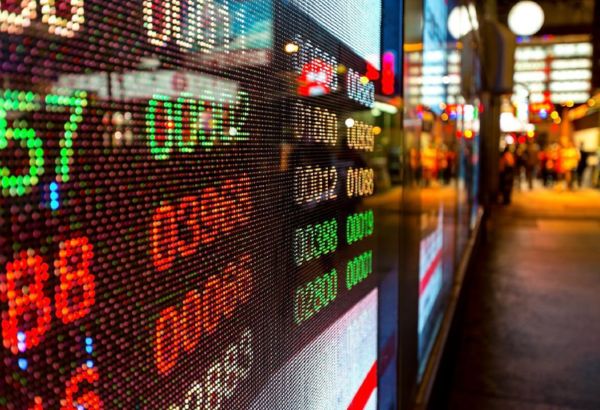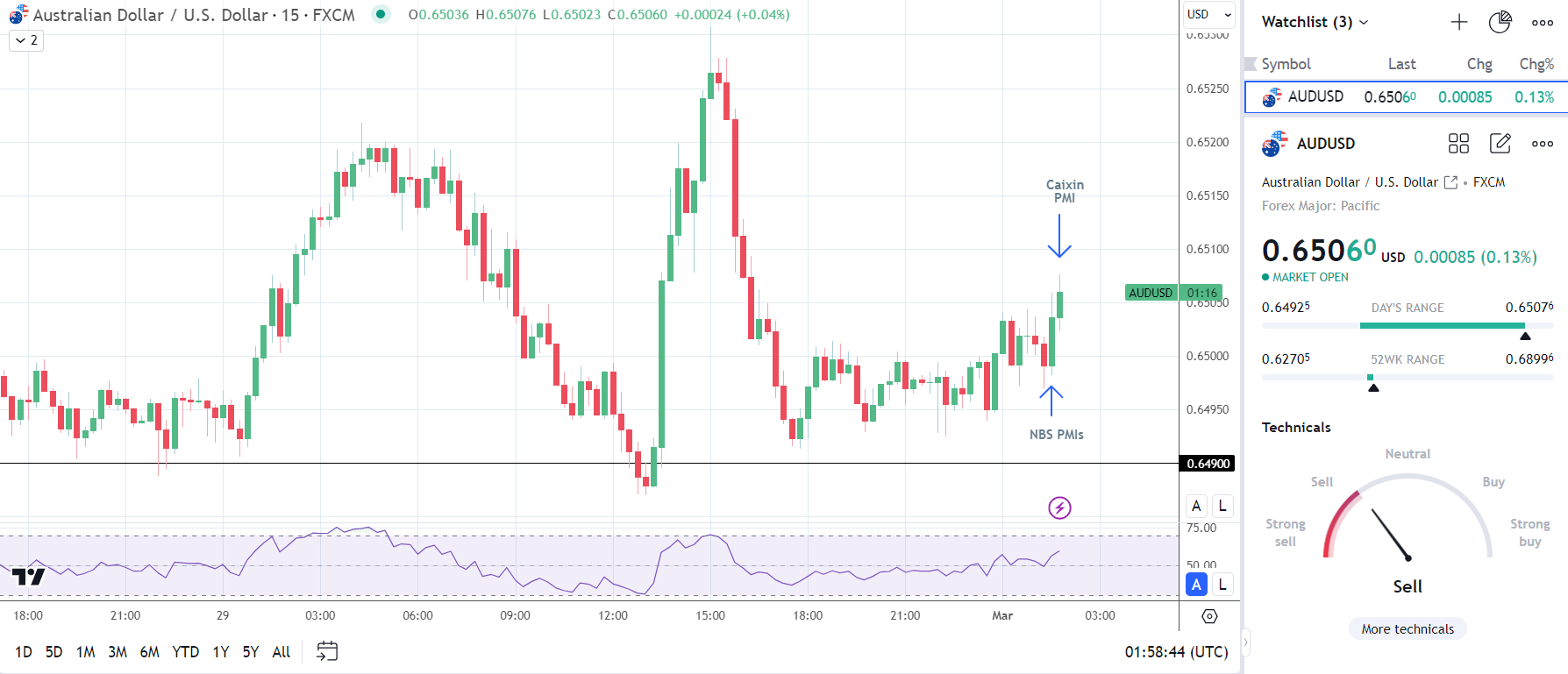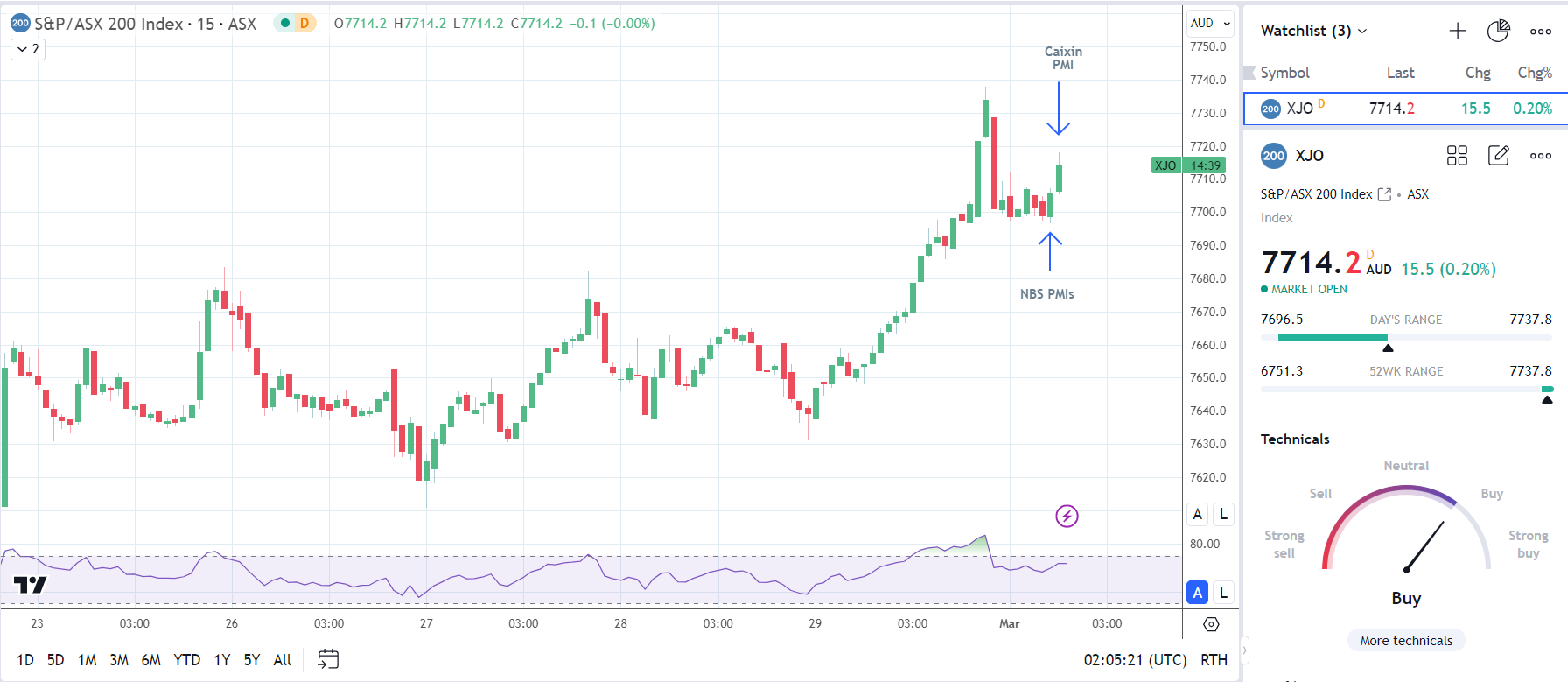
On Friday, attention was drawn to the Chinese economy, particularly the release of private sector PMIs for February, which garnered investor interest.
The NBS Manufacturing PMI saw a slight decrease from 49.2 to 49.1, while the Non-Manufacturing PMI showed an improvement, rising from 50.7 to 51.4. Expectations were set at 49.1 and 50.8, respectively.
The Caixin Manufacturing PMI, carrying more significance, rose from 50.8 to 50.9 in February, contrary to economists' forecast of a decline to 50.6.
Insights from the February Survey include:
The pickup in new overseas orders is seen as a potential alleviation of deflationary pressures. Attention now shifts to Beijing, where lawmakers will convene to discuss economic forecasts and policies. Market optimism persists regarding the possibility of a fiscal stimulus package to support the Chinese economy following recent monetary policy measures.
The AUD/USD experienced fluctuations in response to the NBS PMI, initially dropping before climbing to a post-report high. Similar trends were observed following the Caixin Manufacturing PMI release, with the Aussie dollar eventually up by 0.13% to $0.65060 by the end of Friday.

AUDUSD 15 Minute Chart 010324
The ASX 200 responded positively to the better-than-expected private sector PMIs, showing a 0.20% increase to reach 7,714.2. However, the Hang Seng Index remained in the red despite signs of a partial recovery from early lows, ending the day down 0.20% to 16,478. In contrast, the Nikkei 225 saw a significant rise of 1.62% to 39,801, fueled by overnight US inflation data, which raised expectations of a Fed rate cut in H1 2024.

ASX200 15 Minute Chart 010324
According to the CME FedWatch Tool, the likelihood of the Fed maintaining interest rates at 5.50% decreased from 36.8% to 34.5% on Thursday, reflecting market sentiments influenced by recent economic data and projections.

Subscribe to our daily newsletter and get the best forex trading information and markets status updates
Trade within minutes!
Comment (0)